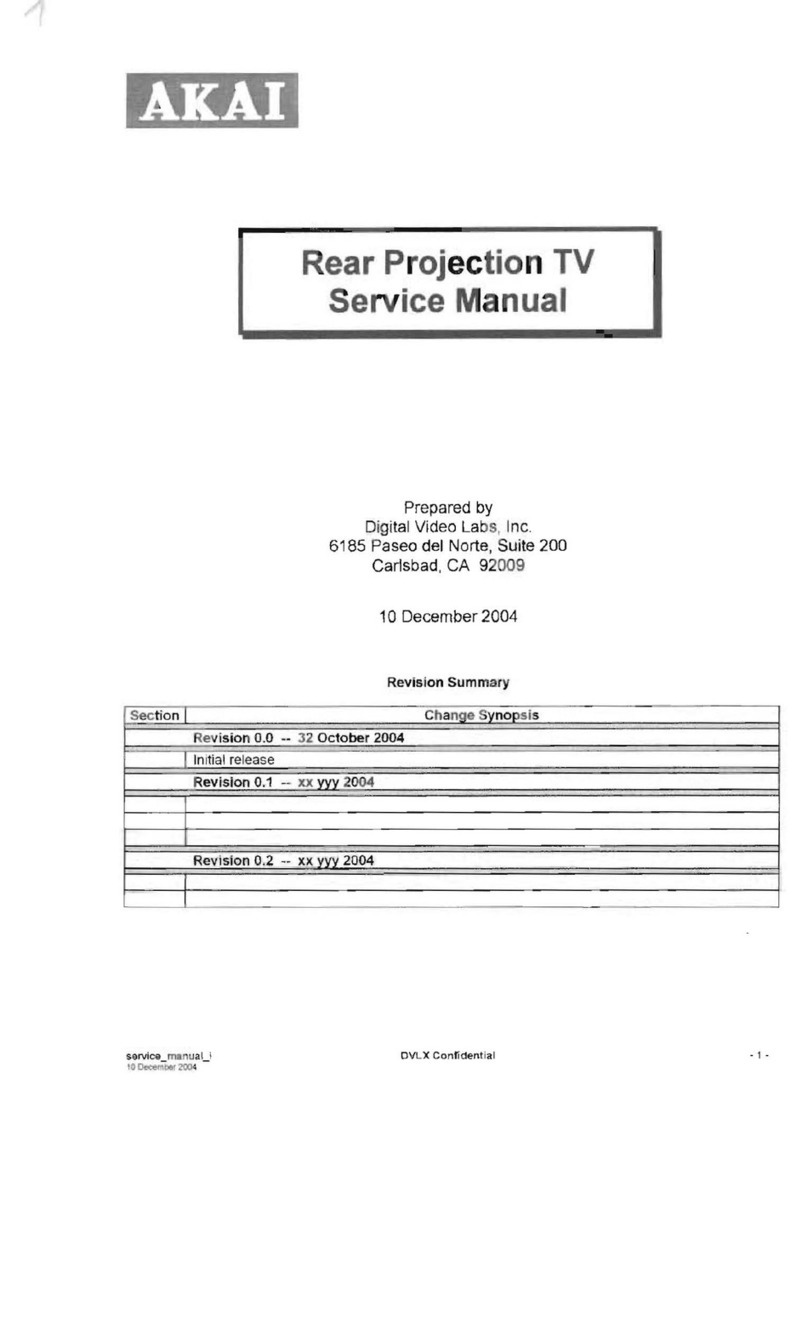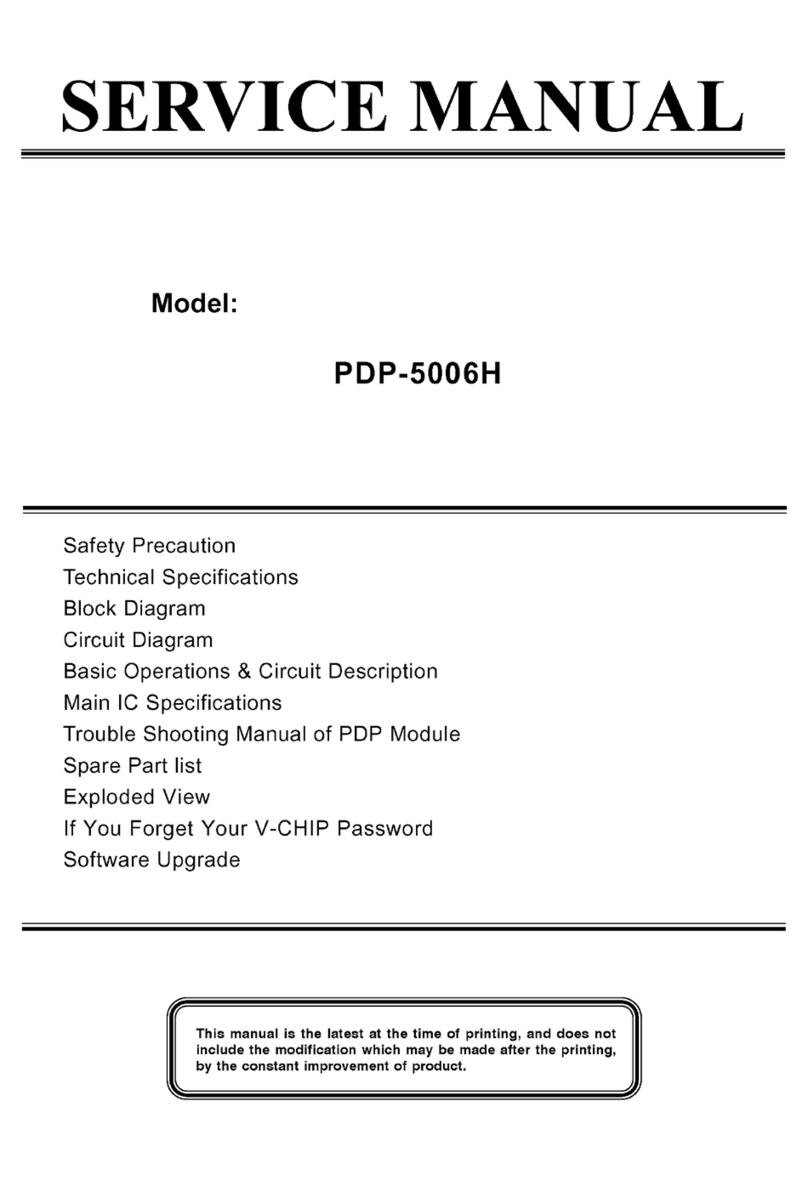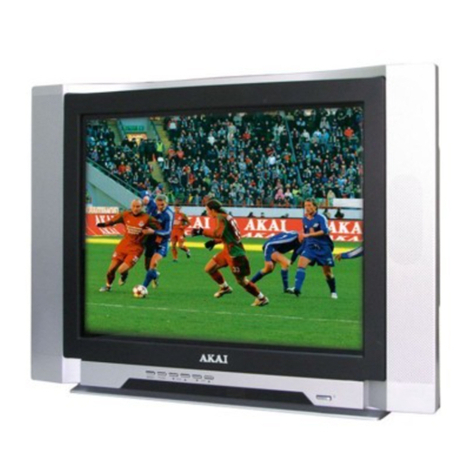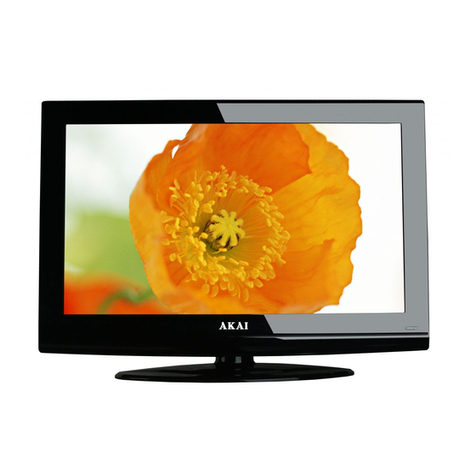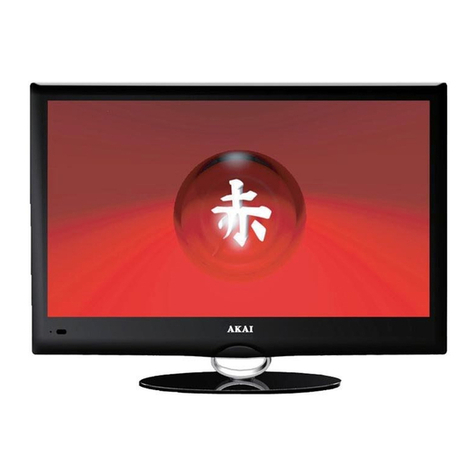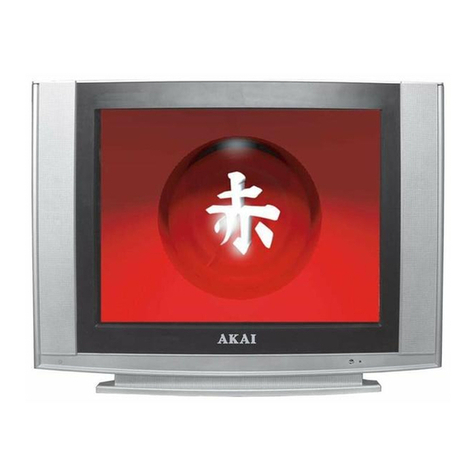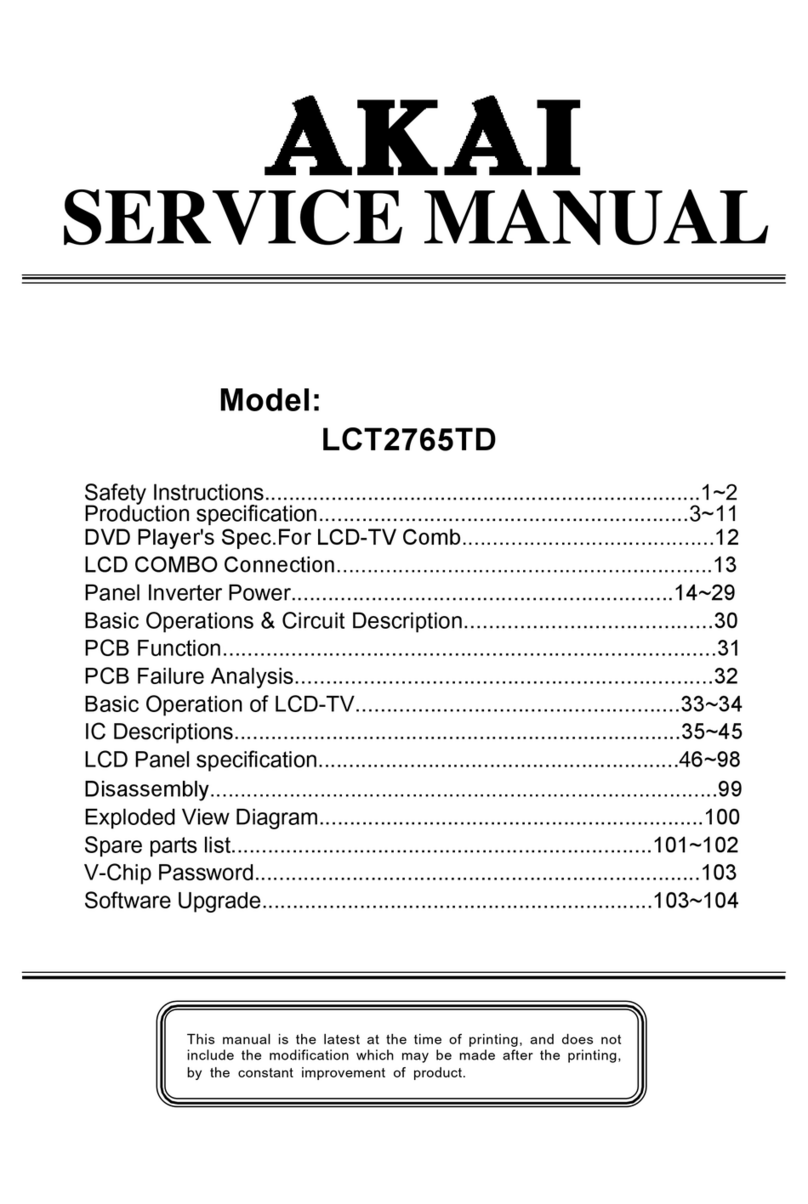
2
Models for LS
CHAPTER ONE FEATURES AND COMPOSITIONS .................................................................1
CONTENTS
08 Chassis .............................................................................................................. 1
Main Features ............................................................................................................................... 1
Unit IC Compositions .................................................................................................................... 2
PCB Assembly .............................................................................................................................. 3
CHAPTER TWO MAIN ICs FUNCTION INTRODUCTION ........................................................ 5
GENERAL INTRODUCTION ............................................................................................................................. 5
ICs FUNCTION INTRODUCTION IN DETAILS ................................................................................................. 5
Main Tuner (TMI4-C22P2RW) ................................................................................................................................. 5
Sub Tuner (TAD5-C2IP1RW) ................................................................................................................................ 5
.GM150 .............................................................................................................................................................. 6
TDA8759 .............................................................................................................................................................10
TPA3002D2 .................................................................................................................................................................................. 13
SM5301AS .........................................................................................................................................................15
SAA7115 ............................................................................................................................................................17
UOC (TDA15063H)• • ............................................................................................................................................19
CHAPTER THREE SIGNAL FLOW ANALYSIS AND KEY POINT MEASURE DATA ............... 22
Signal Flow Analysis ................................................................................................................... 22
Manostat Pin Voltage in Main Board Schedule .......................................................................... 25
Main Components and Socket Locations and Definitions ...................................................................25
Main Components Description .................................................................................................... 27
Main Points Wave Illustrations .................................................................................................... 27
CHAPTER FOUR SYMPTOMS AND CORRECTION................................................................................... 33
CHAPTER FIVE LISTS OF BREAKABLE AND MAINTENANCE PARTS ................................34
CHAPTER SIX FACTORY SETUP AND NOTICE....................................................................36
APPENDIX (Schematic Diagram)...................................................................................................................40
1. Schematic Circuit Diagrams
2. Final Assembly Diagram (Take CHD-W320F8 for Example)
3. Final Wiring Connection Diagram (Take CHD-W320F8 for Example)
Designs and specifications are subject to change without notice




